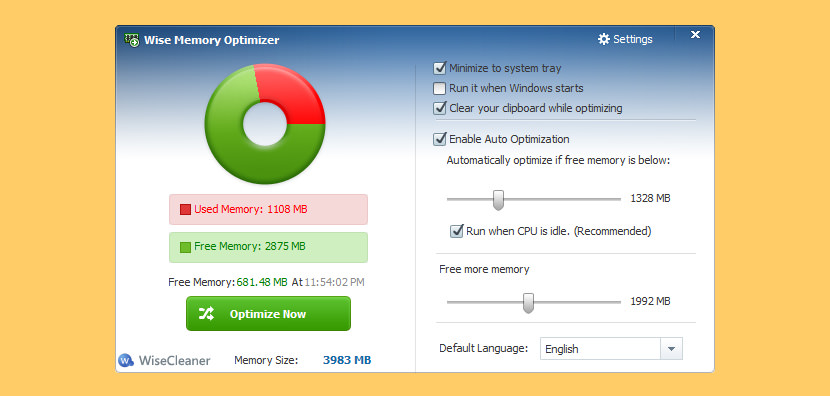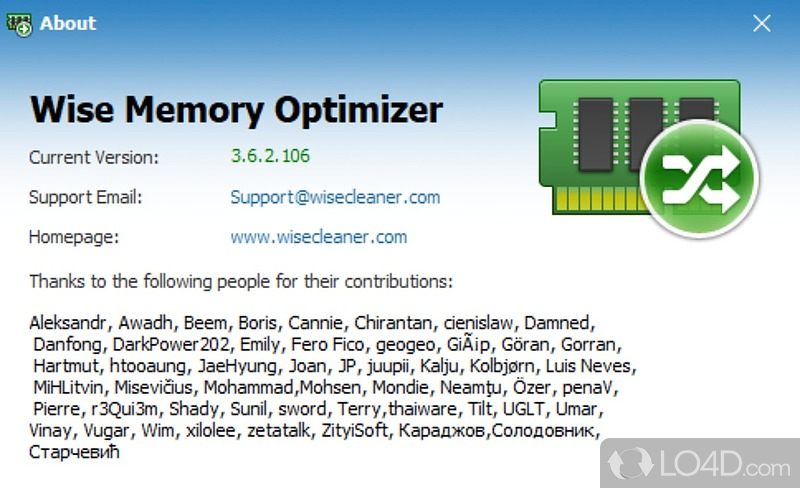


There are good surveys on many of the topics in this collection, which we reference in commentaries. Third, each selection is a primary source.

Second, each selection is canonical or near-canonical we sought the most representative paper for each topic. First, each selection represents a major trend in data management, as evidenced by both research interest and market demand. When selecting readings, we sought topics and papers that met a core set of criteria. Each commentary is authored by one of the editors, but all editors provided input we hope the commentaries do not lack for opinion. Along with each chapter, we have included a short commentary introducing the papers and describing why we selected each. Our goal in this collection is to surface important long-term lessons and foundational designs, and highlight the new ideas we believe are most novel and relevant.Īccordingly, we have chosen a mix of classic, traditional papers from the early database literature as well as papers that have been most influential in recent developments, including transaction processing, query processing, advanced analytics, Web data, and language design. At the same time, technology trends are necessitating a re-evaluation of almost all dimensions of database systems, and many classic designs are in need of revision. Some new technologies bear striking resemblance to predecessors of decades past, and we think it’s useful for our readers to be familiar with the primary sources. In this time of rapid change, our update to the traditional “Red Book” is intended to provide both a grounding in the core concepts of the field as well as a commentary on selected trends. It is an exciting time, with considerable churn in the marketplace and many new ideas from research. As a result, commodity database systems have evolved considerably along several dimensions, from the use of new storage media and processor designs, up through query processing architectures, programming interfaces, and emerging application requirements in both transaction processing and analytics. Data is collected from an increasing variety of heterogeneous formats and sources in increasing volume, and utilized for an ever increasing range of tasks. Cloud computing and microarchitectural trends have made distribution and parallelism nearly ubiquitous concerns. Database and data-intensive systems today operate over unprecedented volumes of data, fueled in large part by the rise of “Big Data” and massive decreases in the cost of storage and computation. In the ten years since the previous edition of Readings in Database Systems, the field of data management has exploded.


 0 kommentar(er)
0 kommentar(er)
